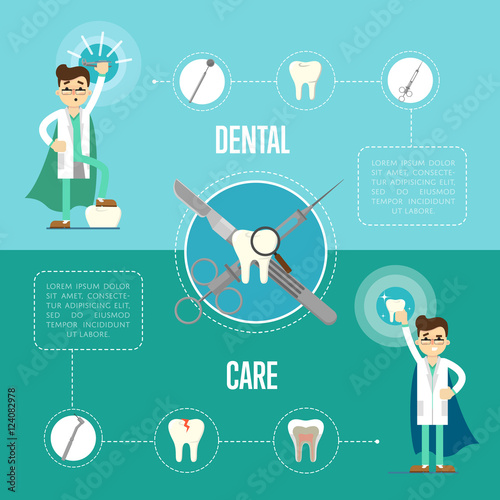Check Out The Introducing Growths That Are Transforming The Landscape Of Oral Surgery. Examine The Future Of The Field And Ensure You Stay At The Forefront. Click Now For A Sneak Peek Of What Is Ahead
Check Out The Introducing Growths That Are Transforming The Landscape Of Oral Surgery. Examine The Future Of The Field And Ensure You Stay At The Forefront. Click Now For A Sneak Peek Of What Is Ahead
Blog Article
Web Content Develop By-Foldager Mccall
Invite to the globe of oral surgery, where technologies and advances are forming the future of the field! In this exciting world, you'll witness the transformative power of robotics, the sophisticated marvel of 3D printing, and the game-changing influence of minimally invasive methods.
The future of dental surgery holds a pledge of accuracy, efficiency, and boosted individual results. With the help of innovative robotics, doctors have the ability to carry out intricate treatments with better precision and control.
3D printing innovation is revolutionizing the creation of oral implants and prosthetics, using customized services that fit effortlessly into each person's distinct makeup.
In addition, minimally invasive methods are reducing post-operative pain and recovery time, allowing patients to go back to their day-to-days live earlier.
Get ready to discover the exciting innovations and advances that are reshaping the landscape of oral surgery!
Improvements in Robotics
One major improvement in oral surgery is the use of robotic innovation, which allows for exact and reliable operations. With the help of robotic systems, dental doctors have the ability to do complicated surgical treatments with improved accuracy, lessening the risk of human error.
These robotic systems are equipped with sophisticated imaging modern technology and exact instruments that enable cosmetic surgeons to navigate through complex physiological frameworks with ease. By making related web-site of robotic modern technology, specialists can accomplish better surgical accuracy, causing improved client outcomes and faster recovery times.
Furthermore, the use of robotics in dental surgery allows for minimally invasive treatments, lowering the trauma to surrounding tissues and promoting faster healing.
3D Printing in Dental Surgery
To boost the area of oral surgery, you can discover the subtopic of 3D printing in dental surgery. This ingenious modern technology has the potential to reinvent the way oral doctors run and deal with individuals. Here are four crucial ways in which 3D printing is shaping the field:
- ** Personalized Surgical Guides **: 3D printing enables the creation of extremely exact and patient-specific medical guides, boosting the accuracy and performance of treatments.
- ** https://www.cureus.com/articles/138000-a-rare-etiology-of-esophageal-obstruction-esophageal-clot-formation-after-teeth-extraction **: With 3D printing, oral specialists can develop personalized implant prosthetics that completely fit an individual's unique composition, leading to much better results and individual satisfaction.
- ** Bone Grafting **: 3D printing makes it possible for the manufacturing of patient-specific bone grafts, decreasing the requirement for typical implanting techniques and boosting healing and recovery time.
- ** Education and Educating **: 3D printing can be made use of to create sensible medical models for educational objectives, enabling oral specialists to exercise complex procedures before performing them on people.
With its prospective to improve precision, modification, and training, 3D printing is an amazing development in the field of dental surgery.
Minimally Intrusive Strategies
To better progress the field of dental surgery, embrace the possibility of minimally intrusive methods that can substantially benefit both surgeons and individuals alike.
Minimally invasive techniques are revolutionizing the area by lowering medical trauma, minimizing post-operative pain, and accelerating the healing process. These strategies include using smaller lacerations and specialized tools to execute procedures with accuracy and performance.
By utilizing advanced imaging technology, such as cone light beam computed tomography (CBCT), doctors can accurately plan and execute surgeries with marginal invasiveness.
In addition, making use of lasers in oral surgery permits specific tissue cutting and coagulation, resulting in lessened bleeding and decreased healing time.
With minimally invasive techniques, individuals can experience quicker recovery, reduced scarring, and improved end results, making it a vital element of the future of oral surgery.
Final thought
So, as you can see, the future of oral surgery is unbelievably appealing, with interesting innovations and developments forming the field.
From the improvements in robotics to using 3D printing and minimally intrusive techniques, oral specialists are transforming the way they give treatment.
While some might fret about the possible price connected with these innovations, it is very important to keep in mind that these technologies inevitably improve person outcomes and minimize recovery time, making them well worth the investment over time.
